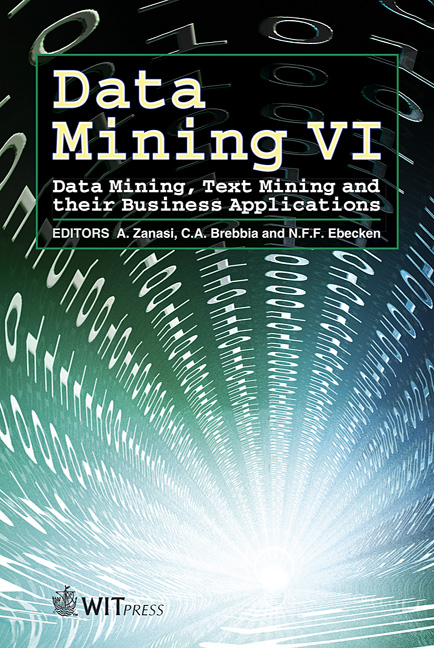Estimation And Extension Of The Stochastic Schemata Exploiter
Price
Free (open access)
Volume
35
Pages
10
Published
2005
Size
505 kb
Paper DOI
10.2495/DATA050051
Copyright
WIT Press
Author(s)
T. Maruyama & E. Kita
Abstract
In this paper, the Stochastic Schemata Exploiter (SSE) is evaluated by seven test problems. The results indicate that the convergence property of the SSE is better than that of the simple genetic algorithm. Next, the Extended Stochastic Schemata Exploiter (ESSE) is introduced and compared with the SSE by the knapsack problem. The results indicate that some of the ESSE algorithms have better convergence properties than the SSE. 1 Introduction The Stochastic Schemata Exploiter (SSE) has been presented by Aizawa [1]. The SSE algorithmis considered to be one of the evolutionary algorithms, and designed for solving the optimization problem of which the design variables are defined as binary numbers. In traditional simple genetic algorithms (SGAs), the individuals of which the fitness values are bigger survive at the next generation. In the SSE, the schemata extracted from the individuals in the population are ranked and the higher ranked schemata survive at the next generation. In this paper, the performance of the SSE algorithm is evaluated by seven test problems; the deception problem, the knapsack problem and the solution search of Rastrigin, Rosenbrock, Griewank, Ridge, and Schwefel functions [2]. After that, we will present the extended SSE (ESSE) algorithm which is composed of the original SSE and new ESSE operations. The operations are added to the SSE in order to improve the diversity of the individuals. Finally, the ESSE and the SSE are compared in the Knapsack problem.
Keywords





